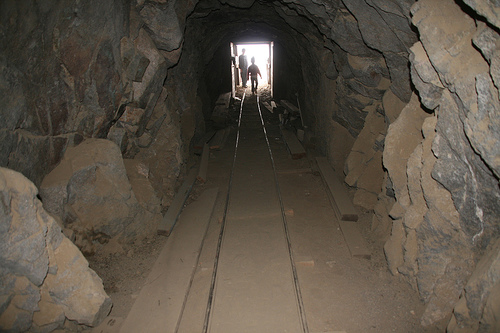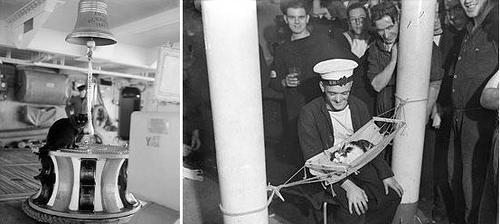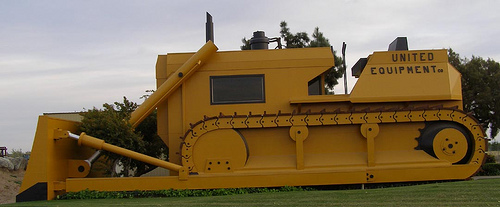
Prospector William Schmidt was overjoyed when he struck gold on California’s Copper Mountain, but he faced one problem: He was on the north side of the mountain, and the road to the smelter was on the south side.
So he dug a tunnel.
He started in 1906, at age 35, working with a pick, a 4-pound hammer, a hand drill, and dynamite. When he finally broke into daylight on the mountain’s south side, it was 1938 and he was 66 years old. He had single-handedly dug a tunnel 1,872 feet long, displacing 2,600 cubic yards of granite.
Alas, success had to be its own reward. While Schmidt had been digging, rail and road links had been built around the mountain — so the tunnel was unnecessary.



